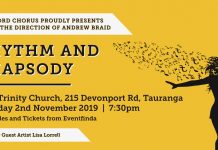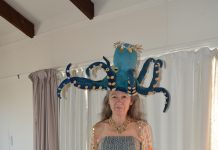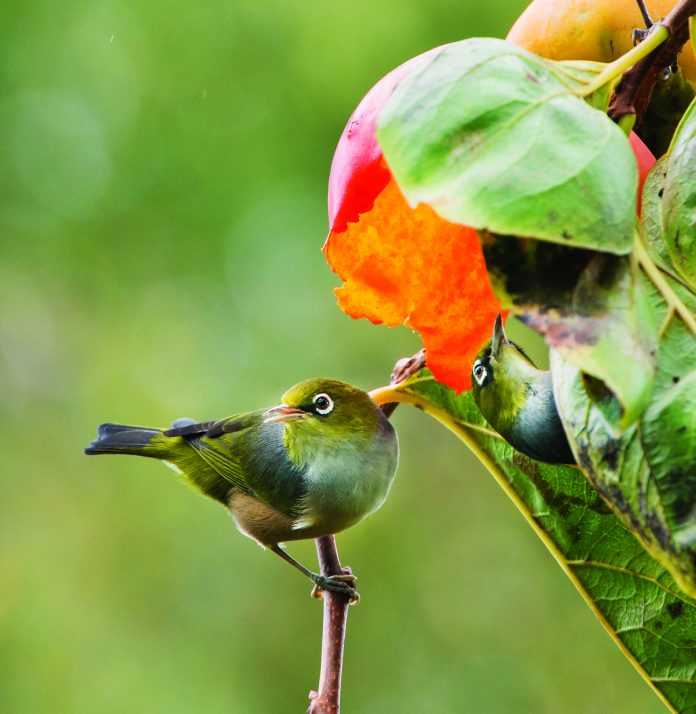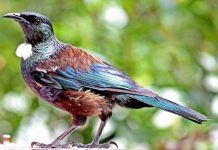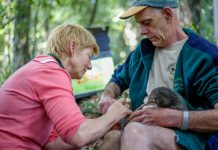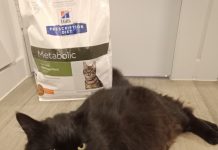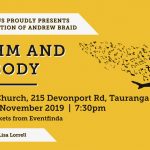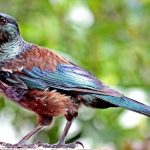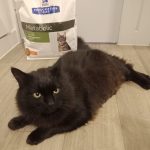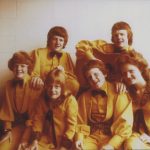When I was growing up in Eastbourne (Wellington) my local hero was ornithologist John Kendrick (1922-2013). I lost count of the number of times I went to pester him in his house in York Bay during the school holidays, or to accompany him into the wonderful bush-covered hills and valleys behind Eastbourne to listen to the bird songs under his tutelage. He had a lifelong positive influence on me and my love for our native bird-life in New Zealand.
Regional dialects
One of my favourite birds, forever remains the inconspicuous little ‘grey warbler’ (riroriro) for its loud and long distinctive song. In particular, the different regional dialect of that song can be noted all over the country. My favourite song version remains that to be heard in Gollan’s Valley and Butterfly Creek. I often think how nice it would be to record all of the different regional versions of the grey warbler song and save them together on one CD. Each song will have its own story.
Carnage in the kitchen
With an innate love for our native birds, you can imagine my horror when our two adorable cats recently, proudly slaughtered three ‘waxeye’ or ‘silvereye’ (tauhou) birds inside just one week. Why couldn’t they catch introduced sparrows instead? Then I remembered the ‘fantail’ (pīwakawaka) and that other ‘waxeye’ last year.
Bells on collars
Enough is enough. I always thought bells on cats was too harsh for the cat, having to jingle all day every day, but no longer! We can now hear the cats wherever they wander and so can our native birds. I can see the sense in a policy that all domestic cats in New Zealand must wear a bell on their collars. Imagine how many millions of native birds could be saved by this positive initiative. The cats are still as happy as ever, despite carrying around their new fashion accessory. Go figure!
By Antoon Moonen
I write for Bay Waka to share one practical step, able to potentially halve the number of native birds caught by our cats.
More information about John Kendrick (1922-2013): baywaka.nz/kendrick



